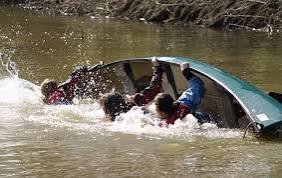LOVING COUNTY, Texas — Every day, about 10,000 cars, trucks, and oil tankers race along U.S. Route 285 through Loving, home to just 134 people. The two-lane road has become so dangerous that Sheriff Chris Busse won’t drive it unless he’s in his police cruiser. He calls it the “highway of death.”
The county’s 400 percent increase in traffic accidents since 2015 is just one of the complaints town officials and longtime residents sitting atop the Permian Basin — a petroleum-rich area of southeast New Mexico and West Texas — have about the oil industry’s effects on their rural towns
“How can the least populated county [in the contiguous U.S.] still have 7,000 to 15,000 cars going up and down our roadways?” Asked Busse. “The state needs to do something.”
Before the historic oil boom brought on by fracking technology, these were largely wide-open desert spaces criss-crossed by dry arroyos, dotted with mesquite bushes, and scattered with ranches, farms, and small towns. Now, the once-barren landscapes are peppered with nodding pumpjacks, fracking sites, wastewater disposal sites, and tank batteries — which sometimes get struck by lightning, causing explosions and fires.
And the influx of workers, which has doubled some towns’ populations, has exploded housing markets and driven up the cost of living beyond what’s affordable to many of those not working in the oil industry.
And then there’s the stench: Fracking, a process that releases oil and gas deposits from shale rock, also releases a chemical that smells like rotten eggs.






